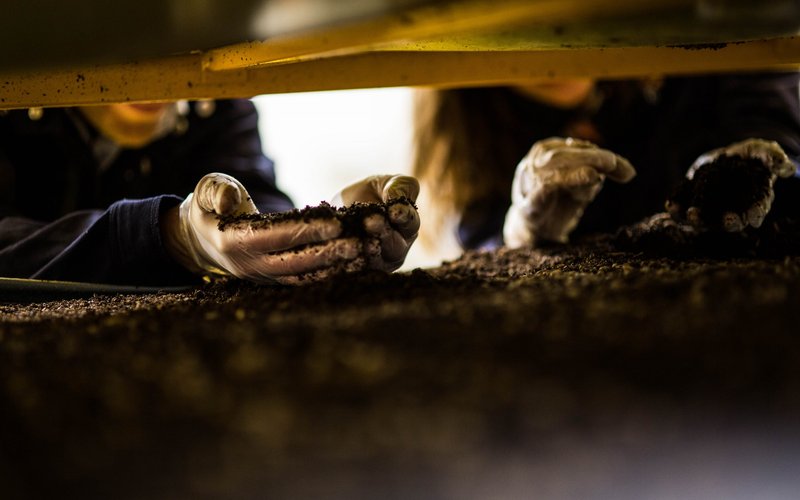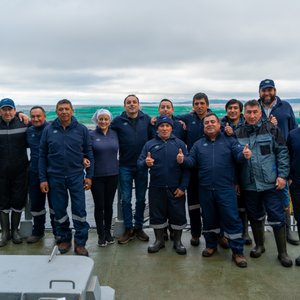Cargill and Innovafeed are expanding their agreement from three to ten years. Inititially signed in 2019, the new agreement combines Innovafeed’s expertise in formulating precision insect ingredients and Cargill’s global animal nutrition capabilities to scale up the use of insect ingredients in multiple types of animal feed. Under this new contract, Cargill will benefit from high-performance and sustainable ingredients for salmonids. Insect-based feed has become a competitive alternative to other sources of protein at all levels, including nutrition, production, and sustainability.
Reducing CO2 emissions in the aquaculture industry is at the core to Cargill’s SeaFurther Sustainability Initiative. Leveraging Innovafeed’s high-quality insect meal in aquafeed saves up to 16,000 tons of CO2 for every 10,000 tons of insect protein.
Together, Cargill and Innovafeed maximize the use of resources to create a high-quality feed with much less waste. Co-products of the agriculture industry are used to feed black soldier fly larvae. Once the larvae reach a certain stage, protein and oil are extracted from the larvae, which can be used in Cargill’s feed for aquaculture species, and young animals such as chicks and piglets.
“A contract of this size and scope for insect ingredients in aquafeed is a first in our industry and marks a major milestone in favor of more sustainable and efficient animal feed, thanks to novel ingredients and insects more specifically,” said Clément Ray, Innovafeed’s co-founder and CEO.
Helene Ziv-Douki, president of Cargill’s aqua nutrition business, said, “we have a shared purpose with Innovafeed: offering innovative, sustainable solutions to meet the nutritional needs of our customers and a growing population.”













